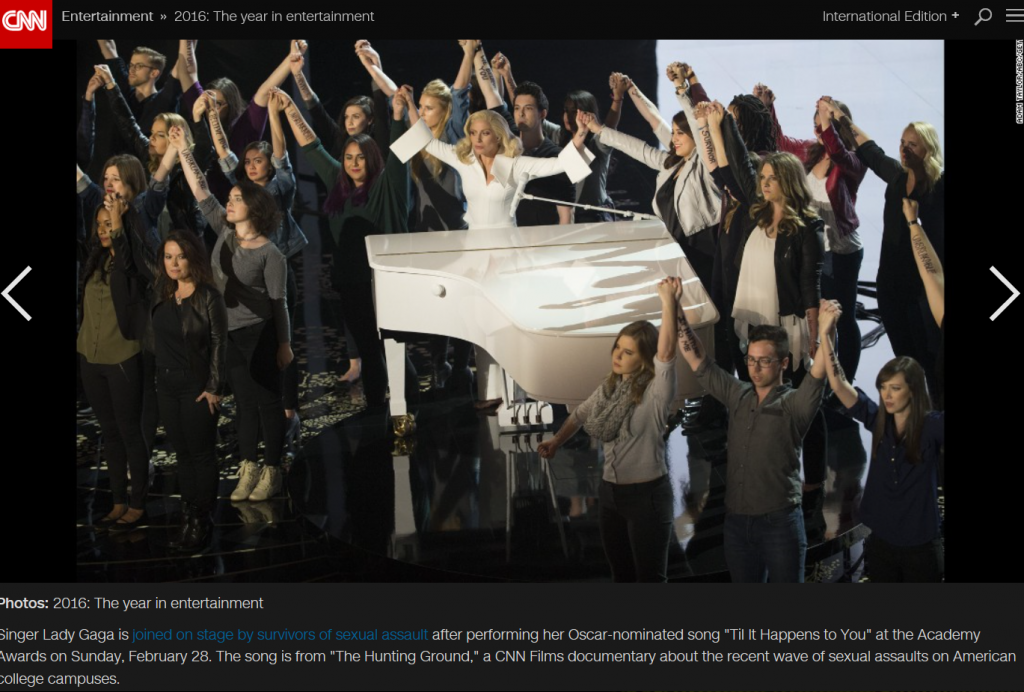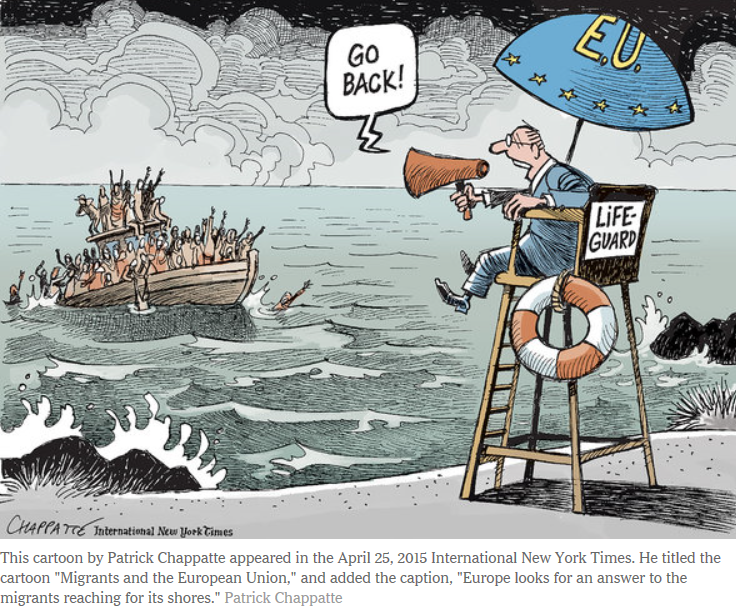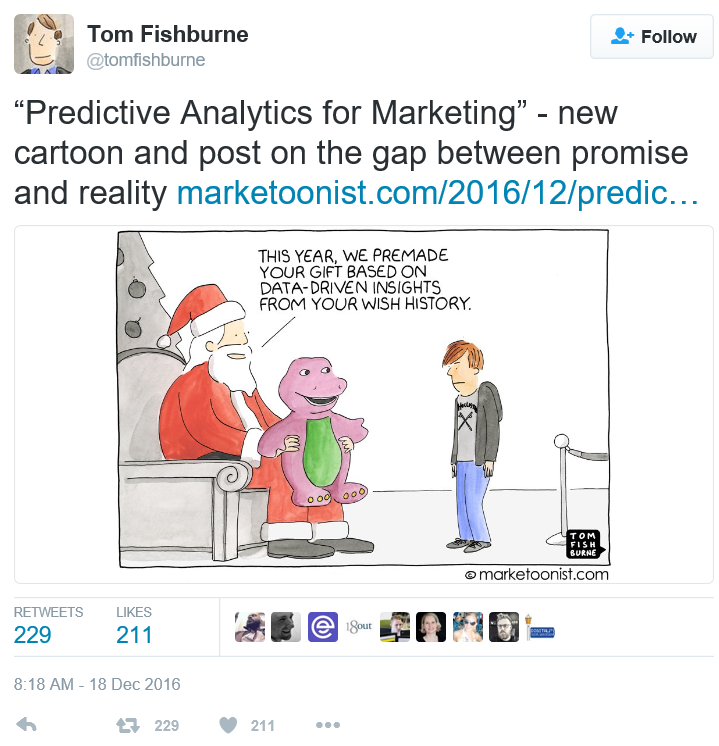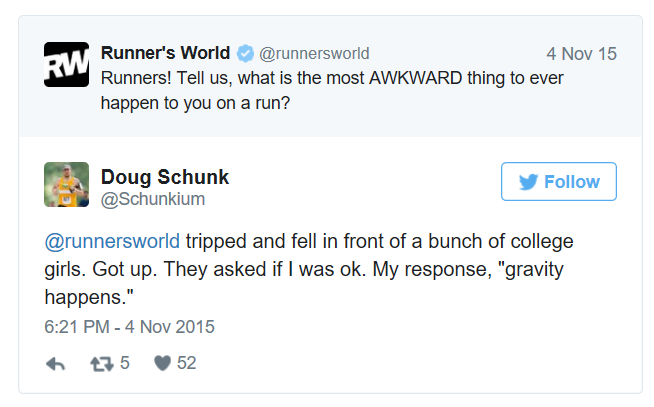Publishers’ user retention is a big deal. It’s the loyal fans who will keep coming back, click on almost anything you ask them to click, and go on social media to tell their friends to do the same.
But to get and keep these loyal fans, you first need to figure out how different types of images influence readers. As always, we’ve got the data-backed details for you.
How these 5 types of images increase publishers’ user retention, engagement rate and revenue
Images on websites are one of the most powerful, simplest tools to increase publishers’ user retention and engagement rate, and therefore their ad revenue.
Publishers that use images effectively and optimize them will get better results and stand out from their competition. This is particularly true for travel, sports, fashion, food, interior design and other lifestyle industries, but as we’ll show you, it works in business as well.
Whatever your industry is, if you want more readers – and you want them to stay longer and come back – it’s time to dig deep into what kind of images will help you reach these goals.
1) Human photos engage the Jennifer Aniston cell
Ever wondered what’s the common ground between humans, monkeys and sheep?
According to Canva, we all have a cell in our brains that’s dedicated to face detection. Canva explains that babies notice their caregivers’ faces more than any other object because “we are hardwired to respond to faces.”
And respond we do. According to a 2008 Israeli study, “including a patient’s photo with imaging exam results may enable a more meticulous reading from the radiologist interpreting the images, as well as a more personal and empathetic approach,” reports ScienceDaily.
That means that adding human face images on websites helps publishers’ user retention and ad revenue increase, because people connect emotionally with these photos.
Many high quality, relevant human photos give you a better chance to increase engagement, but whenever possible, remember that people have the strongest reactions when we actually recognize the faces in the picture.
Canva reports that, according to a 2005 study of epilepsy patients discovered that specific cells in the brain only react to photos of specific people, like Jennifer Aniston. “In one patient… this neuron fired only when the patient was shown a picture of Jennifer Aniston. No other faces or objects or anything else got a response from this cell – it only wanted Jen,” reports Canva.

According to Nature, while the scientists conducting this research didn’t conclude that there’s one cell for every object or person in the world – meaning there isn’t really a Jennifer Aniston cell, but – “we might use fewer brain cells to recognize familiar objects.”
To make the most of it, use photos of celebrities or thought leaders everyone knows in your industry to increase engagement. Chances are you’ll get readers’ attention faster, and they might even stay on your site longer than they planned.
An alternative to that is to use readers’ own photos, or their friends’ photos. We’ll get back to that later in the article, when we talk about why user generated content is so effective.
2) Galleries reduce bounce rate and improve user experience (if you do it right)
Publishers’ user retention metrics matter. The more time readers spend on your site, the more chances they have to understand the value you have to offer to them, and remember to come back when they’re looking for the type of information you provide.
But as we previously shared, too many publishers have a high bounce rate, which means visitors are leaving without clicking through to additional pages. That, in turn, causes publishers to lose potential visitors as well, since Google sees a high bounce rate as a sign that a site has poor quality content. As a result, Google prioritizes other sites for your keywords, and you miss out on a higher ad revenue.
Fortunately, you can easily fight that with images on websites. One of the best way to do that is to encourage visitors to click through for more images.
Yes, we’re talking about image galleries.
And yet, if you’ve been online long enough, you know it’s tricky to increase engagement with this strategy. As we recently pointed out, you’ve got to ensure the user experience stays intact with a speedy transition between images.
Most publishers feature image galleries that vastly slows down the site, so you can easily stand out if you do it differently.
CNN, for example, does a good job with an image gallery here.

3) Memes and cartoons increase publishers’ user retention all the way to the bank
“We… know that tickling someone’s funny bone is a key to forging bonds with customers, the kind of engagement that can translate directly to the bottom line,” reports Fast Company.
The website adds that “a Nielsen study indicates digitally native Millennials have a better ability to receive rapid delivery humor than their Boomer counterparts.” If you have Millennial readers and you want to increase revenue, you’ll want to make sure you make them laugh.
One of the best ways to do that with images on websites and social media is memes.
According to Sprout Social, “a meme is an image, video, phrase or some combination of a visual and bolded capitalized text that is virally shared across social media networks and blogs. They typically have a somewhat hidden meaning that speaks about a popular culture reference. Memes are meant to be funny and most importantly, a piece of satire.”
Kinda like this meme from Quirky Travel Guy:

You’ve seen memes all over social media, but what turns a meme into a great publishers’ user retention and recruitment tool?
In an interview with Vice, meme expert Ari Spool said that “the visual aspect of the meme is probably more important than the content, because it needs to instantly be a joke… The formula often involves absurdity, and it also requires a certain inside-joke quality… People like humor that seems tailored directly to them, and memes, while they may appeal widely, have the appearance of an inside joke that everyone is sharing and owning and creating.”
But memes aren’t the only way to increase engagement while putting a smile on readers’ faces. Long before there were memes, publishers’ user retention strategies including another type of images on websites: political cartoons.

According to the New York Times, “political cartoons deliver a punch. They take jabs at powerful politicians, reveal official hypocrisies and incompetence and can even help to change the course of history.”
But you can rock cartoons in other industries as well, from parenting…

… to marketing:

4) Behind the scenes photos humanize your publication’s brand and create emotional connections
In March 2016, a fashion assistant at Marie Claire fashion magazine confessed that she doesn’t know how to match her clothes. Another confessed that she hates shopping. The article – titled “I’m a Fashion Editor, but…: 6 Style Confessions from the Pros” – started with the question “I can’t get fired for this, can I?”
It included – you guessed it – confessions from Marie Claire team members, which made readers feel like they’re not the only ones who don’t have it all together. The article received hundreds of shares.
Here’s the thing: Publishers’ user retention – and therefore revenue – increases when they learn the lesson from the Jennifer Aniston Cell above: People connect to people.
If you’re a parenting publisher, have your editors and writers share their parenting stories. If you’re a travel publisher, have your editors and writers share their travel secrets. If you’ve got a publication for entrepreneurs, ask your founders to share how they got started in business.
Check out this YouTube show from an interior design company called Robeson Design. Their YouTube channel has 455,268 subscribers as of this writing, partially because they let you in on team members’ personalities, thoughts and experiences. This episode even shows viewers how they’re designing their own new office – something you can do too, if you’re an interior design publisher.
When you let readers behind the scenes, publish success stories, but also embarrassing mistakes that will show your readers your team is just like them – imperfect. As in life, when you allow yourself to be vulnerable, you make it easier on people to connect with you emotionally.
To increase engagement, always add images. Images on websites make a huge difference. Just imagine how much better and more shareable the Marie Claire article would have been if we could have seen the fashion choices of the assistant who can never match her clothes.
5) User generated content involves readers in your story and content creation, making your brand their brand
Of course, there’s one more type of content that gives readers the feeling they’ve been let behind the scenes, and therefore increases publishers’ user retention rate: readers’ own content.
“Rebecca Minkoff partnered with Curalate to automatically display user images on their home page. The USG [user generated content] gallery resulted in 20% click-throughs to shops and boosted average time-on-site by 11%,” reports Curalate.
Here, too, Millennials seems to be a great audience to start experimenting with. Start a Fire reports that Millennials believe that “UGC is 20% more influential… 35% more memorable… [and] 50% more trustworthy.”
But Social Annex says it’s not just Millennials, reporting that “consumers between the ages of 25 and 54 produce 70% of all UCG.”
They’re not just producing – they consume user generated content, too. “Consumers on average spend 5.4 hours per day with user generated content,” reports Social Annex.
It adds that “25% of search results for the world’s 20 largest brands are links to user-generated content,” so you might as well use it to your benefit.
The case study above isn’t a one time story. In fact, according to Social Annex, “companies that have launched Facebook and Instagram ad campaigns using consumer-generated photos have seen up to a 50% increase in click through rate over brand-created images, leading to a 5X return on ad spend.”
Sometimes user generated content is as simple as Runner’s World sharing a bunch of reader tweets in an article.

However, the biggest increase in publishers’ user retention, engagement and revenue comes when publishers prioritize images on websites.
So ask your readers to send in their photos, and you’ll get another bonus.
Readers whose content will get shared on your site will feel a little bit like co-creators, making your brand their own and increasing that important emotional connection that will keep them coming back for more.


Interesting information about using human faces.